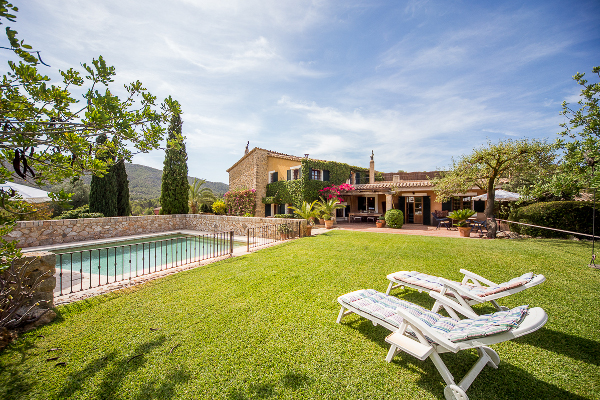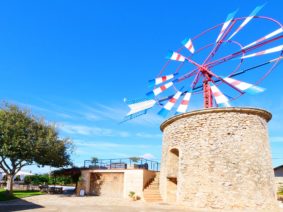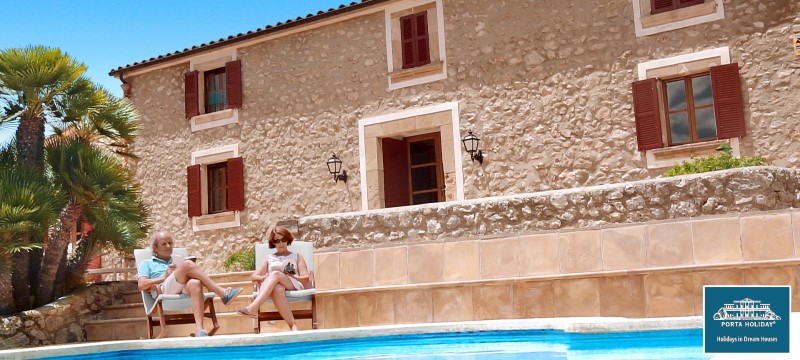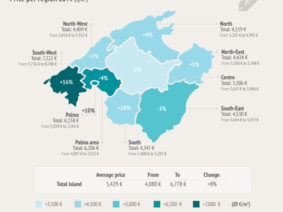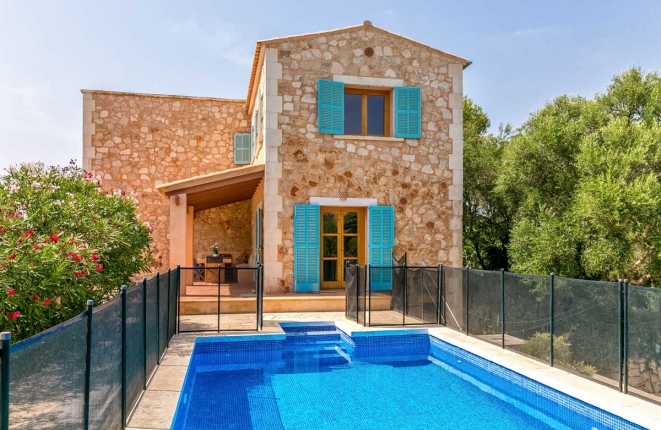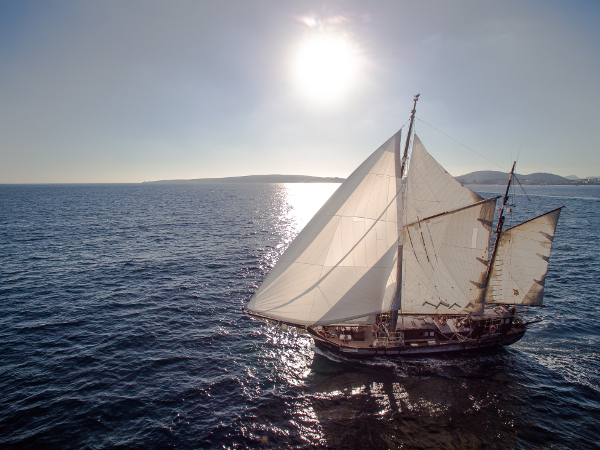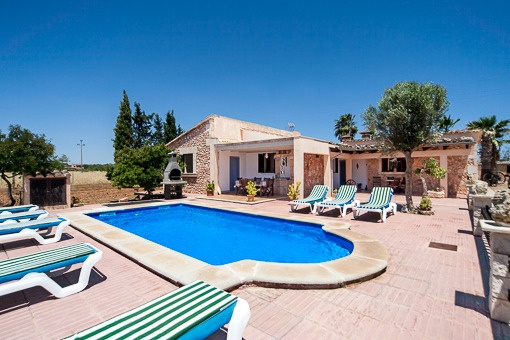Do you know Mallorcas underwater world? No? Then you should use your holiday to learn to dive! Of course you can see lots just snorkeling, but to explore the deeper underwater flora and fauna, the rock world, and the grottoes and caves is something completely different.
In the first 50 metres the greatest abundance of species is found, and particularly between 10 and 30 metres the scuba diver discovers perch, octopus, moray eels, sea eels, scorpion fish, corals, sponges and much more. But the true charm is not only the flora and fauna, but also a true blaze of colour made possible by the very special light penetration.
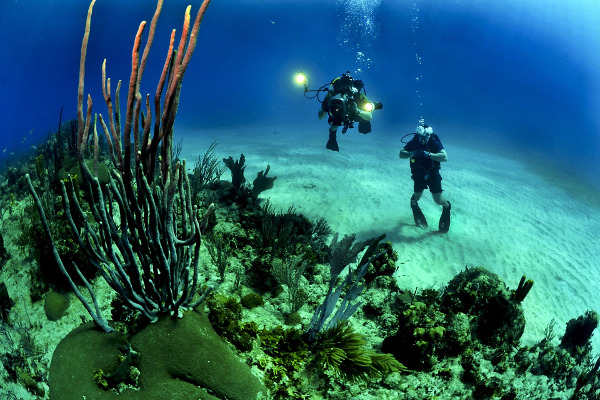
Sample courses
Summer is the best time to learn to dive, when the water temperature is up to 26 degrees centigrade, the weather is at its best, and the island dive centres are working around the clock. These schools are excellently suited for beginners and professionals and are distributed throughout the island. They offer test dives, often in the big hotels, where one to two-hour introduction lessons take place in the hotel pool. For a trial course only the simplest of diving equipment is required – diving mask, snorkel and fins, which can normally be supplied by the diving school.
… or even a complete diving certificate
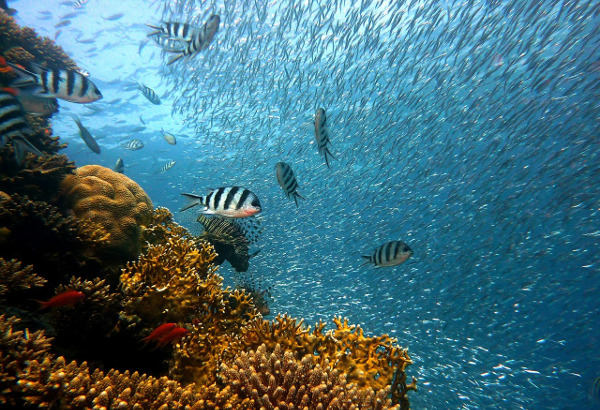
Your free time can also be used to obtain an internationally recognized basic diving certificate – the Open Water Diver. For that you must be at least 16 years old, take out an insurance, and prove that you are fit to dive with a health test (either by supplying a doctor’s certificate or by answering questions about your health asked by the diving school).
Normally, the three to four-day basic course costs between 350 and 420 Euro, depending on which internationally recognised diving association, such as PADI, CMAS or VIT, issues the certificate. In addition there is a fee of 35 Euro for the internationally valid certificate which can only be issued by the school.
The equipment required includes a neoprene suit, respirator, mask, dive vest, air tanks, dive computer and weights, all of which should be included in the price of the course. During four hours of “dry lessons” the theory, illustrated with textbooks and video material, teaches you how to behave in emergencies and various tips and tricks, (e.g. how to clear your mask underwater).
In at least four dives in the sea that acquired knowledge is then put into practice. At first you may feel a little unsure as everything is new and confusing, but soon you will enjoy the underwater excursions. And the more experienced you are, the more exciting and thrilling the diving trips become.
Also for children
Most diving schools also offer the “little certificate”, the Scuba Diver, with which children can dive up to 12 metres deep, but only accompanied by instructors. Including under 16-year-olds it can be completed in two
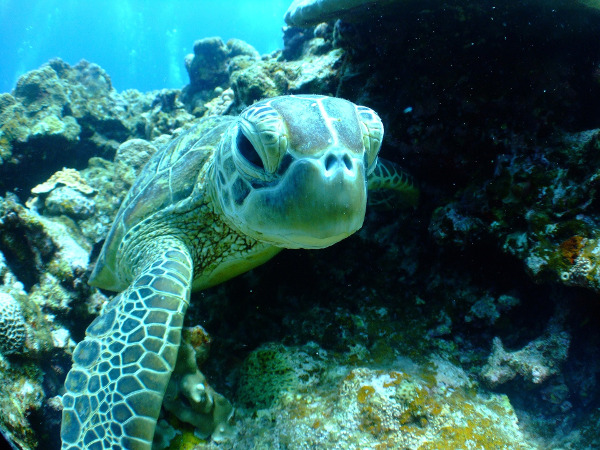
days for about 270 Euro and most schools even offer diving lessons for children aged 8 to 10 years.
Free diving as a special discipline
Those wanting to dive without the complete diving equipment can also learn the so-called “Apnoe” free diving in Mallorca. This technique uses only one intake of air for each dive. Even those who want to go on an underwater hunt can do this on the island but require a special license – respect for the underwater world is not only important for the diving schools!
Excellent diving schools:
In the extreme southwest – especially in the vicinity of Sa Dragonera, the dragon island, – but also in the southeast and northeast the waters are very popular for diving and the Association of Diving Schools of Mallorca has listed an overview of 26 recognized diving schools in Mallorca.
A very good diving school is the sports and adventure centre Isurus in Palma, but other well known schools in the southwest are the Big Blue Diving Centre in Palmanova under German-Swiss management, Mar Balear in Port Adriano or West Coast Divers Mallorca in Illetas (in the Hotel Bonanza). In the northeast, Dive & Fun in Font de Sa Cala has a very good reputation, as has the La Morena diving school in Cala d’Or in the southeast which is particularly popular among German diving enthusiasts. These are just a few examples, but look for yourself, the selection is huge!
